What is japanese whisky?
Japan is one of the world's five largest whisky-producing countries, alongside the U.S., Canada, Ireland, and Scotland.
Whisky production in Japan began around 100 years ago, in 1923.
Although Japanese whisky lacked quality at the time, Japanese distillers who trained in Scotland worked hard to improve the quality through trial and error.
As a result, a few Japanese whiskies have won gold medals at international whisky competitions, and today, whisky enthusiasts around the world hold Japanese whisky in high regard.
Brands like Hibiki, Yamazaki, Hakushu, and Taketsuru are particularly popular and famous Japanese whiskies.
Depending on the bottling age, a 700 ml bottle can be traded abroad for up to 2.5 million yen (approximately 17,000 USD as of January 2024).
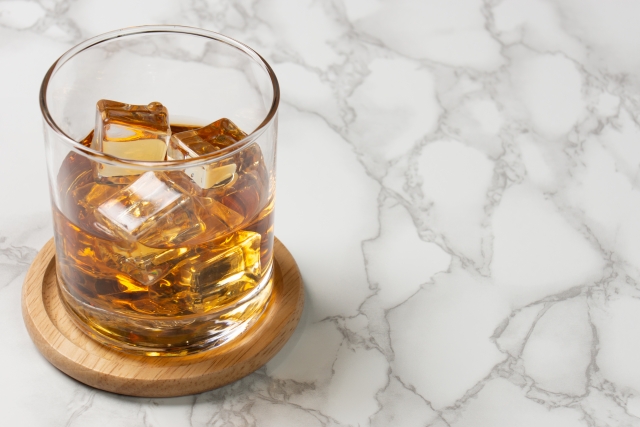
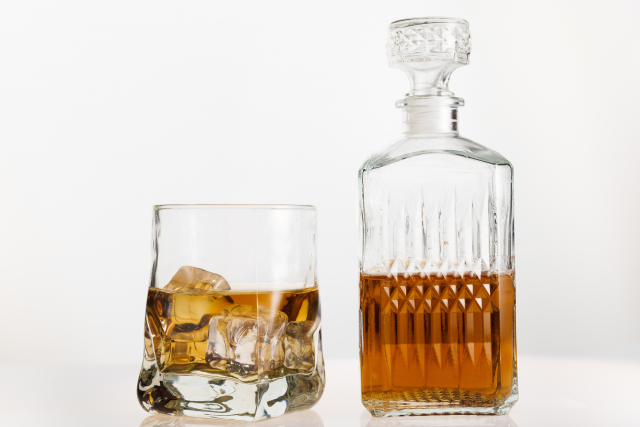
Varieties of japanese whisky
Japanese whisky is internationally recognized for its unique production methods and flavors.
Some of the most common types of Japanese whisky are explained below.
Single malt whisky
Single malt whisky is made from malted barley and produced at a single distillery.
It has a distinct flavor, and each distillery has its own unique characteristics. Examples: Yamazaki, Hakushu, Miyagikyo, etc.
Blended whisky
A blend of malt and grain whiskies from various distilleries.
It is characterized by its balanced and even flavor.
Examples: Hibiki, Kakubin, Black Nikka, etc.
Grain whiskey
Grain whiskey is made with different grains, such as corn and rye, instead of malt.
It is light and smooth on the palate.
Examples: Miyagikyo grain whisky, etc.
Pure malt whisky (also known as blended malt whisky)
A blend of only malt whiskies from multiple distilleries.
It offers a more intricate flavor than single malt.
Examples: Taketsuru Pure Malt, etc.
Limited editions and special releases
Whiskies aged in vintage or special casks.
They often have unique flavors and stories behind the production.
Examples: Yamazaki limited editions, Hakushu limited editions, etc.
How to make japanese whisky
The production methods for Japanese whisky are influenced by Scottish traditional methods, but they also have their own unique characteristics.
First is to select the ingredient, with barley malt being the most commonly used.
Other grains such as corn and rye are also used in some whiskies.
The quality of the water is also important, and many distilleries choose a clean and mineral-rich source.
After selecting the ingredient, the malt is prepared by soaking it in water to germinate and drying it.
This process produces sugar.
During the drying process, some distillers burn peat to give the malt its distinct aroma.
The next step is brewing.
The malt is crushed and mixed with water to make wort.
The wort is added with yeast and fermented to produce alcohol. This liquid is also called wort, which is then distilled.
The wort is placed in a distiller and heated.
Distillation separates the alcohol from the flavor components, resulting in a liquid with a higher alcohol content.
Next, the distilled liquid is placed in barrels to mature.
Different types of casks (new casks, bourbon casks, sherry casks, etc.) add different flavors to the whisky.
Japan's climatic conditions have a unique influence on the maturing process.
After aging, the whisky is blended to adjust the finishing flavor and then it is bottled and shipped.
Each distillery and brand has different techniques and philosophies, which create whiskies with unique flavors and characteristics.
How to drink japanese whisky
Japanese whisky is renowned for its rich flavor and delicate balance, and can be enjoyed in a variety of ways.
When ordering, you can tell the staff how you like to drink it.
Neat
Enjoy whisky as it is without adding anything.
This way, you can fully experience the original flavor and aroma of the whisky.
This is especially recommended for high-quality single malts and aged whiskies.
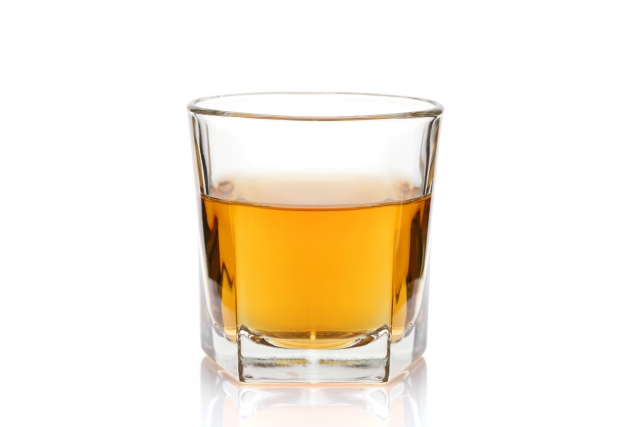
On the rocks
Whisky served with ice.
As the ice melts, the whisky is gradually cooled and changes its flavor.
It is perfect for hot days, or when you want to relax.
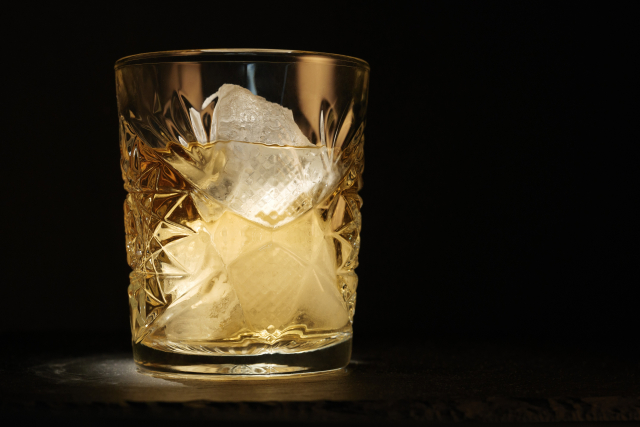
Mizuwari (splitting with water)
Whisky mixed with water.
In this way, you can enjoy a softer taste by adjusting the strength of the drink.
It is a particularly popular style in Japan and is also recommended when you enjoy whisky with a meal.
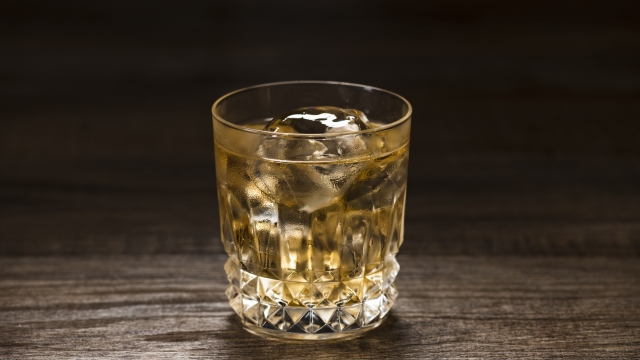
Highball (whisky with soda water)
Whisky mixed with soda water.
Highball is distinguished as being refreshing and easy to drink.
You can add a cut of lemon or lime to enhance the flavor.
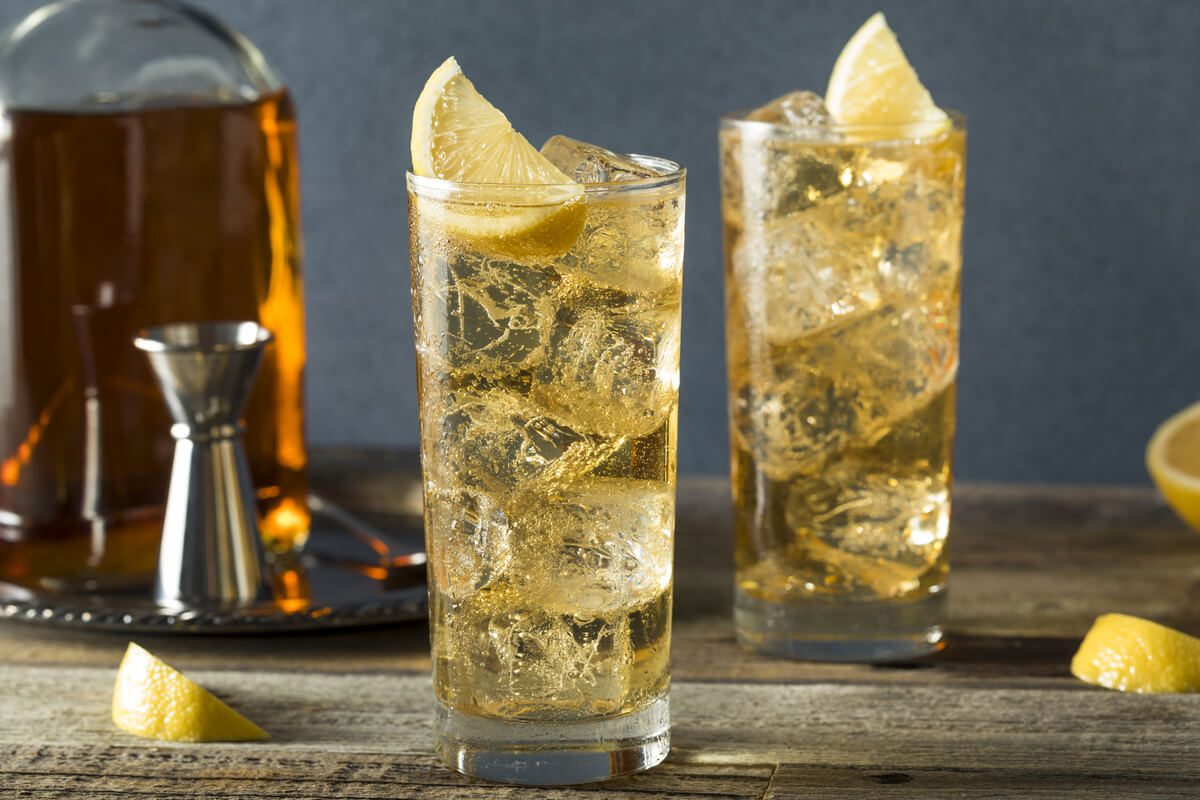
As a cocktail base
You can also enjoy whisky-based cocktails.
You can find various recipes, including Whiskey Sour and Old Fashioned made with whisky.
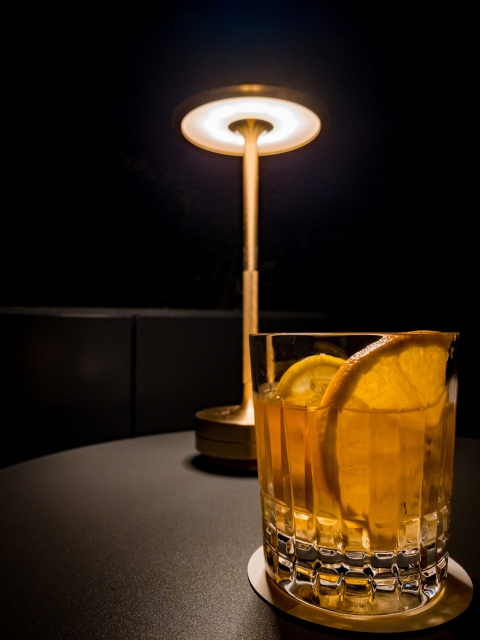
How to Enjoy the Perfect Pairing of Japanese Cuisine and Whisky
When you think of whisky, you might imagine it paired with Western dishes. However, Japanese whisky is known for its delicate, well-balanced flavors — which is exactly why it pairs beautifully with Japanese cuisine. During your visit to Japan, we highly recommend experiencing the exquisite pairing of Japanese dishes × Japanese whisky.
For example, rich cuts of sushi like toro (fatty tuna) or eel go especially well with lightly peated whiskies such as Hakushu or Yoichi. When enjoying yakitori with savory tare sauce, blended whiskies like Hibiki or Taketsuru Pure Malt are excellent choices thanks to their smooth balance of sweetness and saltiness.
For more delicate dishes that highlight dashi, like oden or yudofu (tofu hot pot), a refreshing whisky served highball-style is ideal. It won’t overpower the flavors and offers a clean finish between bites.
Rather than simply saying “they match because they’re both Japanese,” it’s more accurate to say they share a common philosophy: a deep respect for subtle and harmonious flavors. That’s what makes the pairing of Japanese whisky and cuisine so exceptional.
People’s reaction when eating
Search Restaurants by Destination

Search Restaurants by Popular Cuisines





